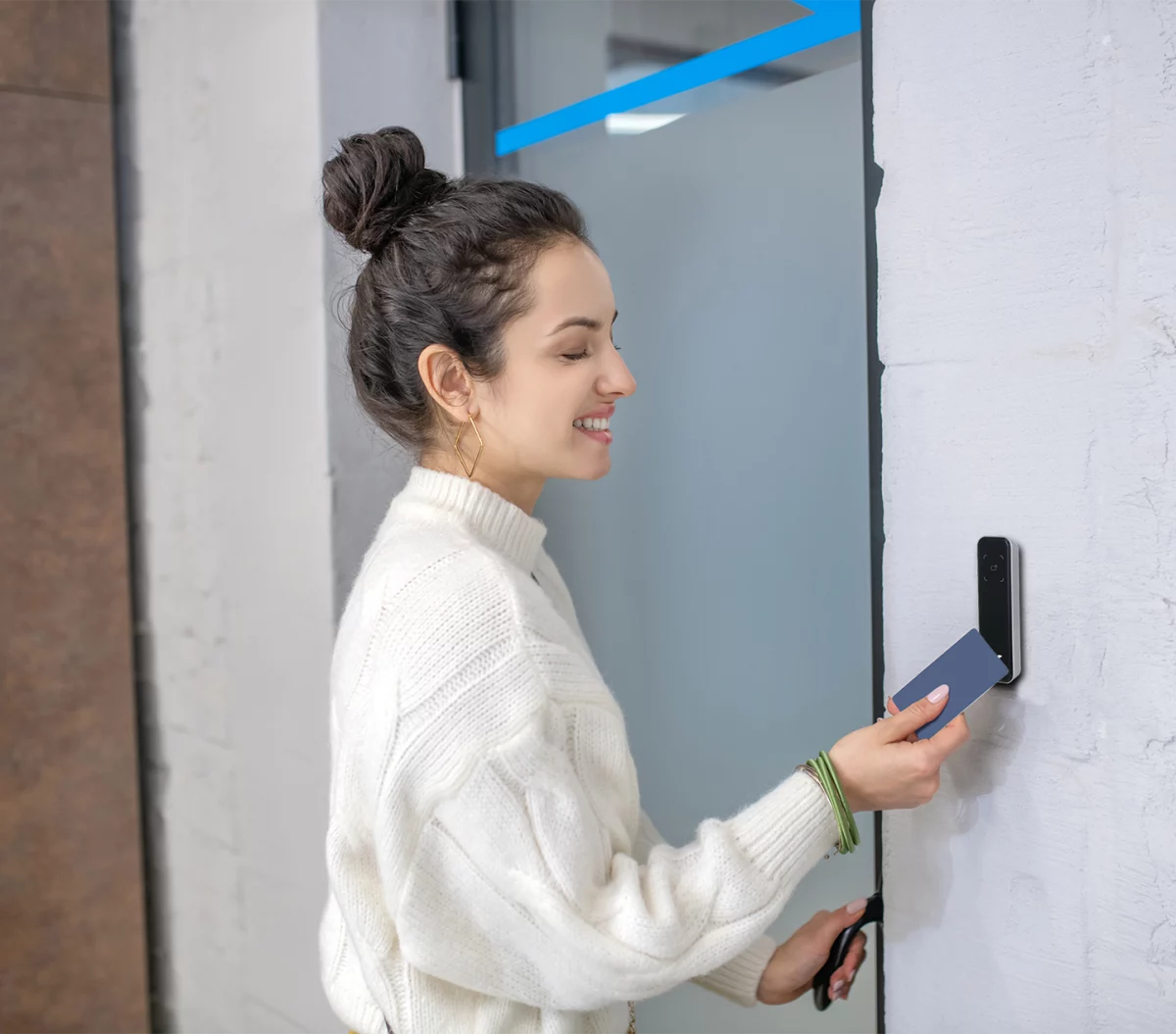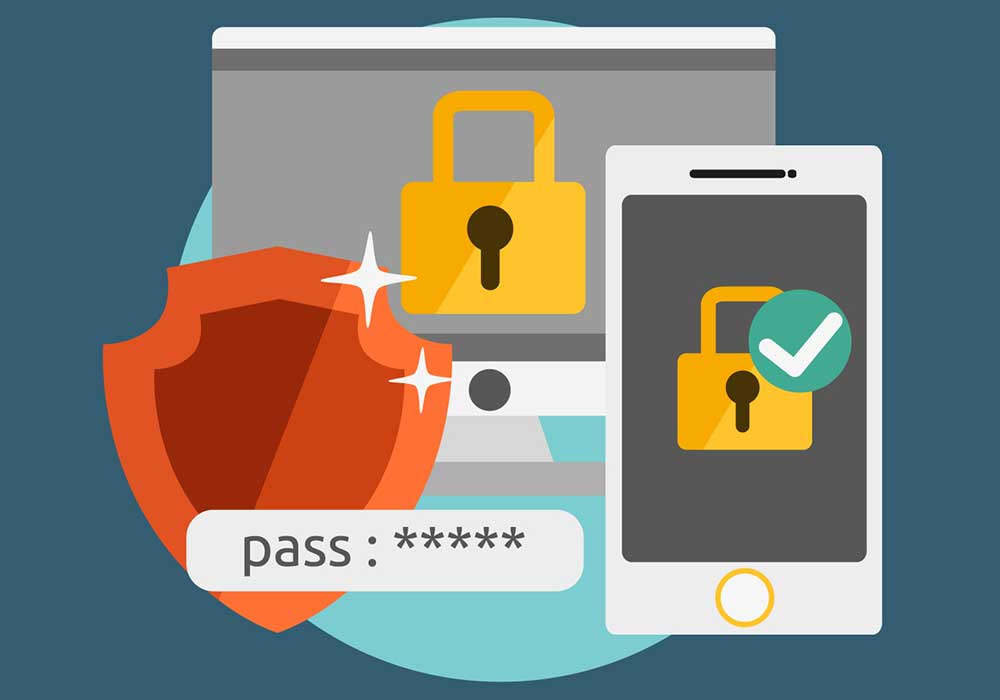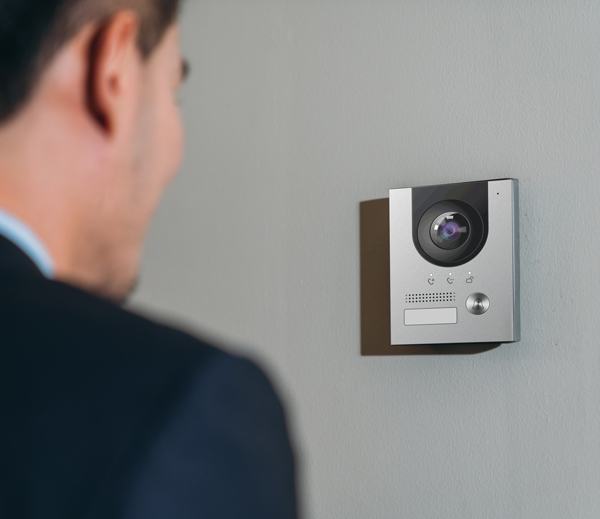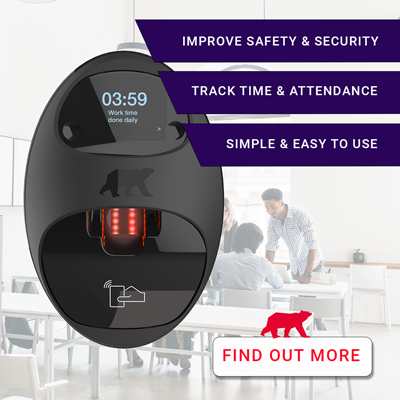

Blog
The end of the password as we know it
Almas Team

Biometrics is becoming so popular on devices like smartphones that it begs the question, will biometrics replace the password completely?
Biometric technology is one of the world’s largest growing sectors. ABI Research believes overall consumer and enterprise spending on biometrics will reach a staggering $26.8 billion by 2020. Biometrics is becoming so popular on devices like smartphones that it begs the question, will biometrics replace the password completely?
A short history of the password
The modern computer password was introduced to computer science in 1960 by Fernando Corbató, who was working at MIT. It is not a new thing – the Romans reportedly used passwords to distinguish friend from foe because it was a simple way to protect information. MIT had a huge compatible time-sharing system (CTSS) that all the researchers had access to, however, they shared a common mainframe as well as a single disk file. To keep users’ work private the idea of a password was introduced.
In the 1970’s cryptographer Robert Morris Sr. devised ‘hashing’, a process by which a string of characters is transformed into a numerical code. This system was widely adopted in early Unix-like operating systems to protect passwords; Apple’s macOS still uses it. It keeps data safe with a string of digits and letters. But how safe is it? Even huge companies eBay and LinkedIn and most recently British Airways have been breached, compromising the passwords of their users.
The problems with passwords
Remembering passwords is a hassle for most people, and the average person could have anything up to 100 passwords. From social media accounts to banking and computer logins, pretty much everything we interact with requires a password. Yet passwords are inherently insecure so it makes little as to why we continue to use them.
There are a couple of intrinsic problems with passwords – short ones are easy to remember but also easy to guess, while longer ones are harder to crack but harder to remember. This has led many people to just use one or two passwords across the board. This, of course, poses a major problem: if attackers work out your password, they then have access to everything.
Will biometrics replace passwords?
Many are calling for passwords to be replaced with biometrics. Companies such as Apple and Samsung have been incorporating fingerprint biometrics into their products for years. But it is no longer just phones or operating systems that have been secured with a fingerprint; ATM’s, cars, briefcases and even guns are using them.
Nearly half of people aged 16 to 24 foresee the end of passwords and pin numbers by 2020 as biometric security takes over, according to research by Visa. The research of 2,000 people revealed that 69% of respondents aged between 16 and 24 believe it will be easier and faster to use biometric identification than remembering passwords or pin numbers. This age group is also keen to adopt biometric security. Some 76% feel comfortable with the concept of making payments using biometric data.
Biometric evolution
The rapid evolution of biometrics and increased demand from consumers continues to break down the scepticism and criticism that some people show for biometric technology. When passwords were first introduced people had to learn how to use them and keep them safe. Biometrics is now in very much the same position – we need to learn how to use biometric systems, and how to protect them and our personal data too.
Huge strides are being made in biometric technologies. The end of the PIN and password could soon be a reality. Fingerprint authentication is already a norm as a method for accessing our mobile phones, and for many using ApplePay as a way to pay for goods and services. In just a few years from now, biometrics are likely to make PIN numbers obsolete – making for a much more convenient, user-friendly customer experience.
But fingerprint authentication in payments is just the start. It’s the first step towards an interface experience in which our fingerprint, voice, face and even behaviour contribute to a biometric matrix of authentication which makes for a completely seamless and highly secure experience. And not just in payments, but in other areas of our lives – from accessing our bank accounts, opening our front doors and driving our cars. When we reach that point, we’ll look back at these days of PIN codes and passwords and wonder how we ever remembered them.
How biometrics can help you
Just like passwords, pin codes, fobs, keys or cards are popular ways to control access. However, they can be lost, stolen, lent, or forgotten. Biometric technology such as fingerprint scanners is inherently more secure, given that it is a lot harder for someone to steal your biometric details than it is for them to get hold of your password. This is especially true if two forms of biometric authentication are required to identify somebody or if biometrics is used in conjunction with more traditional approaches to authentication.
It is extremely difficult to forge a person’s fingerprint, replicate their vein network, or mimic their gait pattern. Biometric systems therefore offer a highly-secure and convenient way of managing access. The technology can be applied across almost any sector for any purpose where you need to validate an identity. While some still argue that biometric systems are invasive, there does not seem to be any slowing down of the marketplace. Biometrics are here to stay and very soon you may be able to say goodbye to your passwords for good.
As market leaders, innovators, manufacturers and installers of biometric control systems, Almas Industries are well placed to help businesses with biometric control and security. You can arrange your free, no obligation security survey by calling us on 0333 567 66 77. If you prefer, you can always send a confidential email via [email protected].



